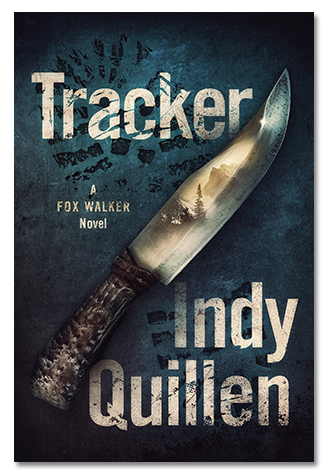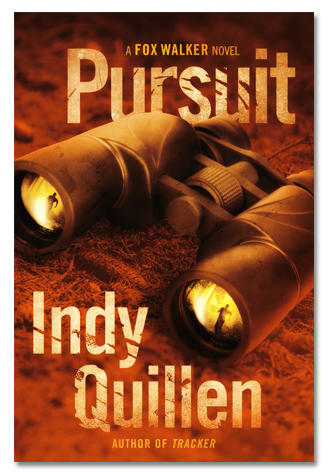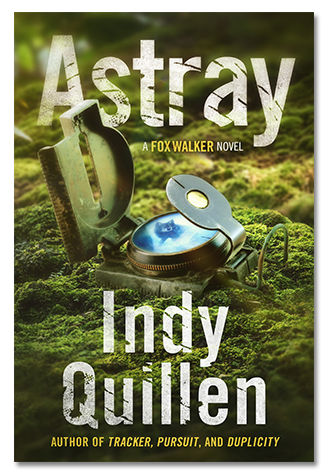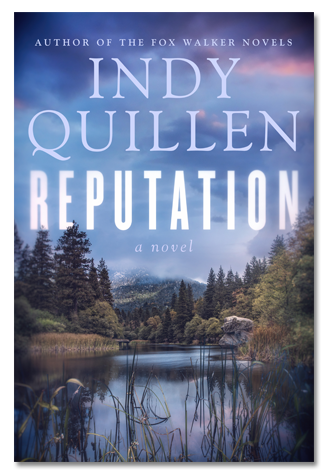So how does my attitude about being self–reliant come into play as a writer?
I think most writers will agree that when it comes right down to it, it’s up to us to sit our butt in the chair and do the hard work. No one else can do that for us. It’s up to us, and us alone to learn our craft, to put in the hours and hone our skills as a writer.
But, just like all other aspects of being self-reliant, most of the time we can learn our skills quicker when we can gain some of our knowledge from others who have been there and done that – mentors – who can help us move forward quicker than perhaps they did, avoiding pit falls they now teach us to recognize.
 Once I made it past learning how to get the characters, setting and dialogue onto the page and into a comprehensible scene, I began my own journey of learning how to fine-tune the ‘story’.
Once I made it past learning how to get the characters, setting and dialogue onto the page and into a comprehensible scene, I began my own journey of learning how to fine-tune the ‘story’.
Story can be elusive for most of us because we tend to make it more complicated than it really is. Story structure is easy to see, if you know what to look for. For those who don’t, it is invisible.
Which brings me to a small, but powerful little book called Invisible Ink, by Brian McDonald. My writing mentor turned me onto this book and I will be forever grateful for that fact. I highly recommend it.
Mr. McDonald explains, in extremely simple terms, the seven steps that all stories must contain – the very essence that our brains insist upon wanting to hear as ‘story’.
Once upon a time…
And every day…
Until one day…
And because of this…
And because of this…
Until finally…
And ever since that day…
 See – you already knew this, right? Think of the earliest forms of this you heard as a child – nursery rhymes and fairy tales. How many of your favorite books fit firmly into this pattern? But, you probably thought it should be more complicated than this.
See – you already knew this, right? Think of the earliest forms of this you heard as a child – nursery rhymes and fairy tales. How many of your favorite books fit firmly into this pattern? But, you probably thought it should be more complicated than this.
In his book Invisible Ink, Mr. McDonald does, of course, go into more detail on how to make sure these seven story steps fit into the three Acts of your book, or screenplay. It’s a spare book, yet brims full of well-made points and pages of examples. It’s a quick read, but full of ideas you’ll want to study and practice.
I love the simplicity – that’s the beauty of it. I start with my theme and these seven steps. I don’t outline, but I do create what I call a timeline of action steps that have to happen in order for the story to move forward. I make sure my character arcs fit within this structure and write away. It keeps me on track, so I don’t go wandering off too far down some dead end path – yet gives me the freedom to explore and let my characters do some discovering on their own. But I always check in during the process to make sure I am meeting all the expectations for ‘story’ my readers expect.
I hope I never disappoint.
What books have helped you write a better story?


 Being outside in nature is the most basic part of who I am. Besides gaining knowledge about wildlife, I learn lessons about who I am, and surprise myself about what I am capable of achieving. Nature continually inspires me. It is a part of all my writings, no matter the genre or subject matter.
Being outside in nature is the most basic part of who I am. Besides gaining knowledge about wildlife, I learn lessons about who I am, and surprise myself about what I am capable of achieving. Nature continually inspires me. It is a part of all my writings, no matter the genre or subject matter. 





I bought and read Invisible Ink on your recommendation … you have earned my trust. What a wonderful read! From one Mississinewa Indian to another.
I’m so glad to hear that you liked it! It has been invaluable to me when setting up the plot lines of my novels. And always so great to hear from a fellow Mississinewa Indian!! Yea!
Good thoughts. A book I always highly recommend–to experienced writers–is WRITING THE BLOCKBUSTER NOVEL, by literary agent Albert Zuckerman.
Thank, Mike. Always appreciate recommendations!